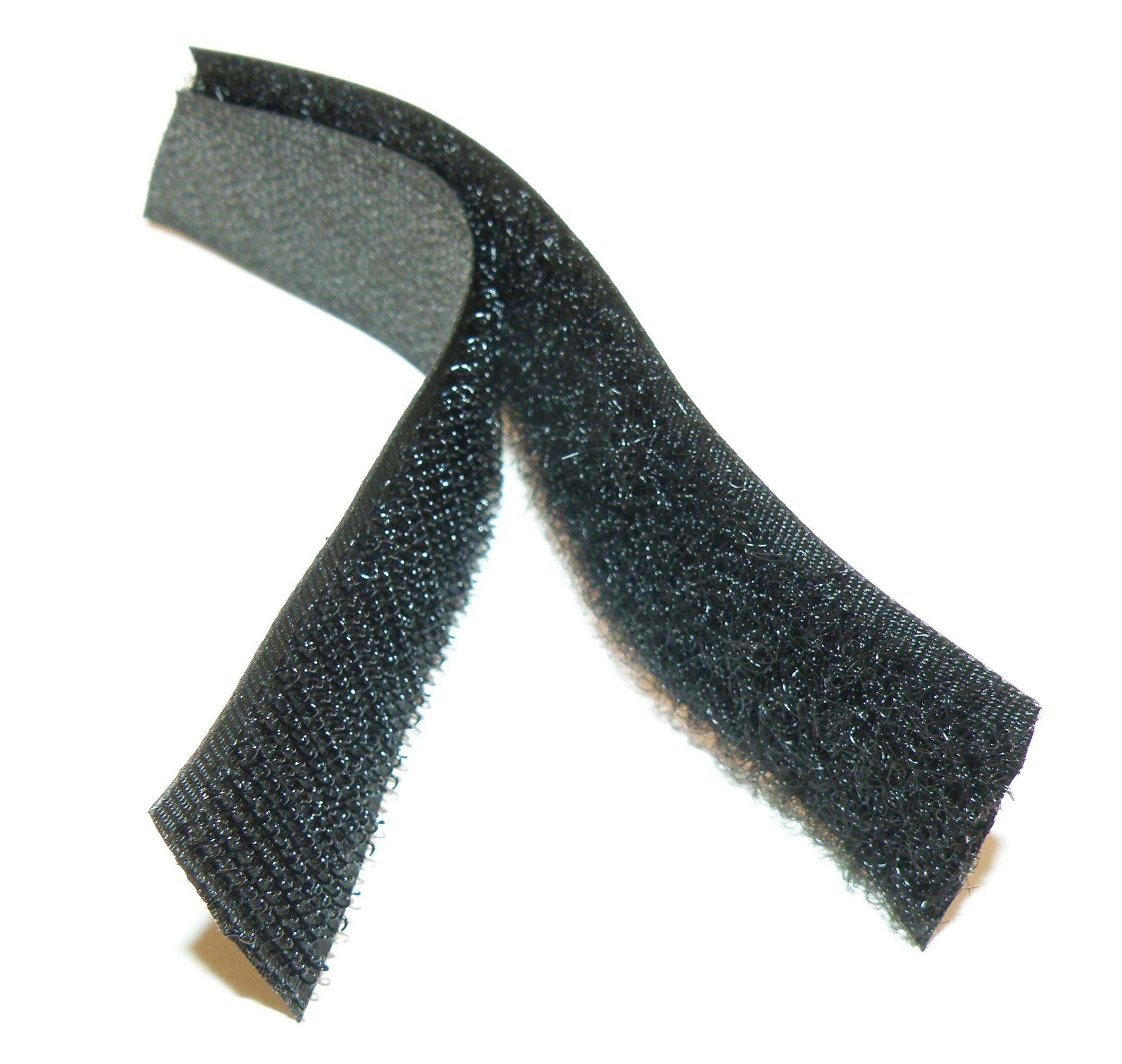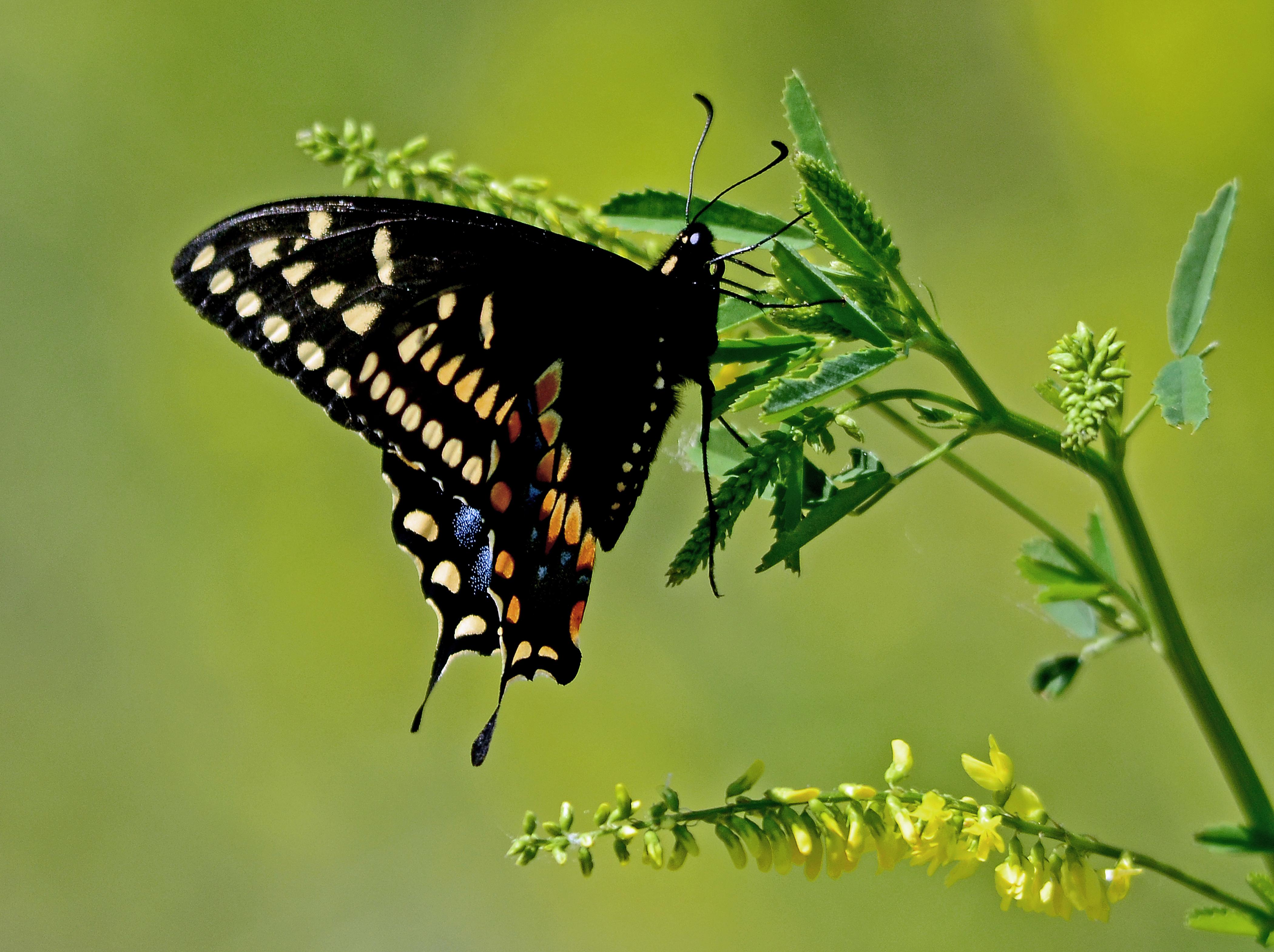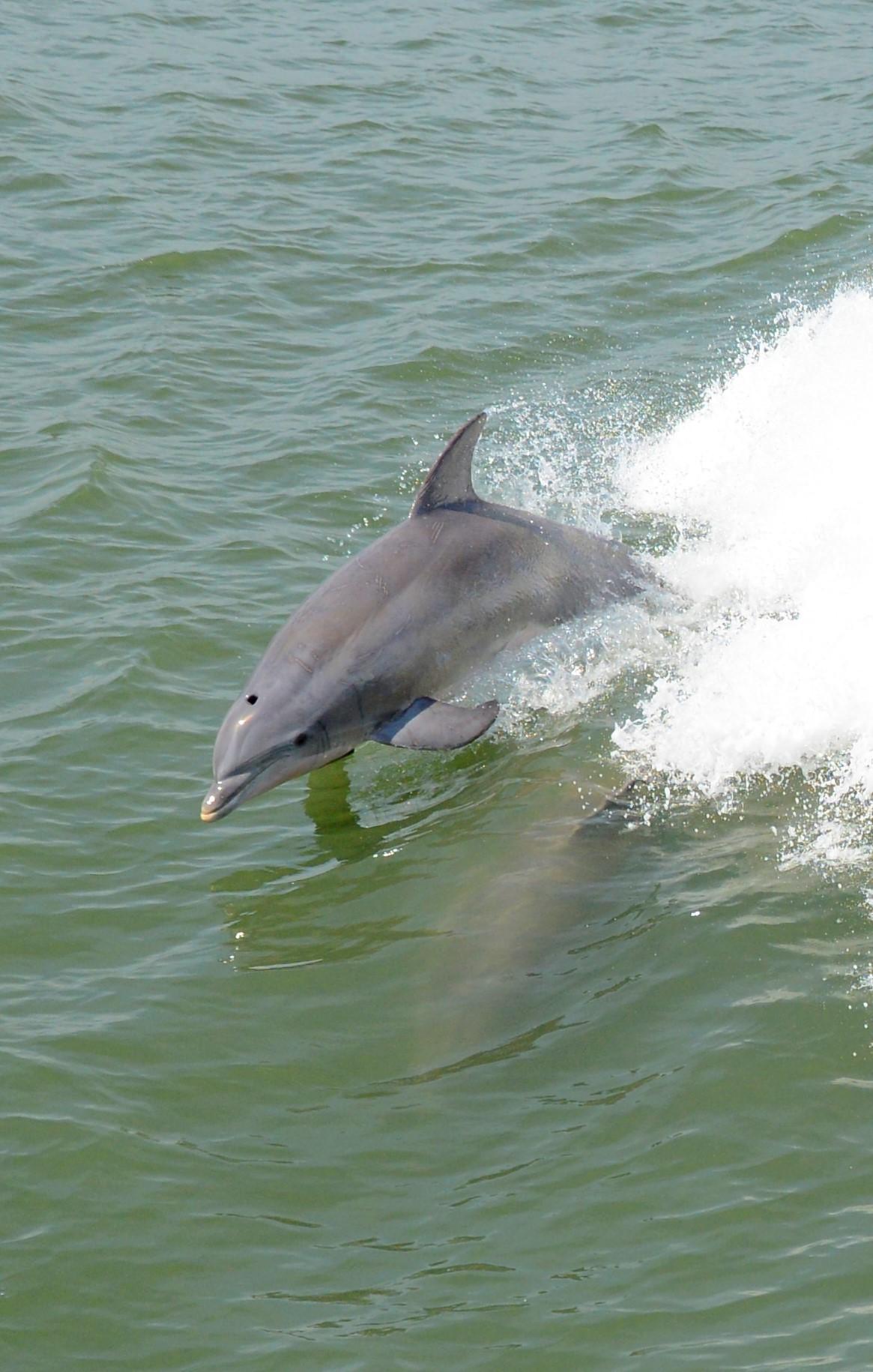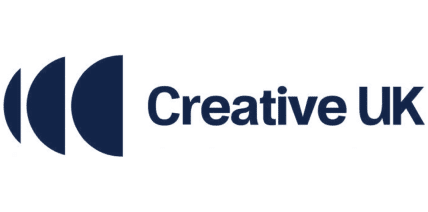Shortly before his death in 2011, Steve Jobs said,
“I think the biggest innovations of the 21st century will be at the intersection of biology and technology. A new era is beginning.”
From buildings and bridges to materials and medicine, examining nature has aided in the development of almost every aspect of our lives. Most of us benefit from these revelations several times a day without even realising it.
Velcro, for example, was invented in 1941 by Swiss engineer George de Mestral, who got the idea from burrs that were often stuck to his dog’s hair. He placed the burrs under a microscope and discovered tiny hooks at the end of each spine.

These miniature hooks easily caught on to anything shaped like a loop (animal fur, clothing, or hair). This discovery evolved into the material commonly used today.
On a grander scale, Toronto based company “Whalepower” take inspiration from whales’ fins, tails and flippers. Engineers have designed a revolutionary blade that has been shown to increase annual electrical production by 20% while greatly reducing noise; thus offering improvements in the conservation and collection of renewable energy.
Nature also has its place in fashion, with Vogue citing 2015 couture as “Back to Nature”. Some designers have taken their inspiration further than colour patterns and aesthetic design.

Discover pollinated clothing, swimwear inspired by sharks, clothes that shred like snakeskin, or that can manipulate light to form colour without pigment, in the same way as a butterfly wing, here.
Ward Williams Creative client, Alex Caccia teamed up with Adrian Thomas, Professor of Bio-Mechanics at Oxford University, and together founded Animal Dynamics. Their aim is to develop a set of products and technologies based on evolutionary research into natural systems that enable high-performance vehicles on land, water and in air. Alex may not look at an expanse of water the way many of us do. Alex looks across a still stretch of water and thinks “wouldn’t it be amazing to be able to move across that with the speed of a dolphin – Fast. Very fast.”
“From walking, and running to swimming and flying, animals have evolved subtle solutions that can be studied and reproduced using cutting edge materials and control systems. The idea is to develop a range of products that take advantage of these, and we are starting by looking at the way fish swim through water” says Alex. Animal Dynamics is currently in development to demonstrate this via human-powered craft.

Speaking to Alex about the driving force behind their ideas, he says, “What motivated us to begin with was not business. It was more, let’s build something cool and solve some meaningful problems – ship propulsion using propellers has not changed for nearly 200 years.” The spark came from looking at the way fish swim, and analysing why, and under what circumstances, a flapping tail is more efficient than a propeller.
“A dolphin can cruise at 30 kph all day long,” he says, “and are far more efficient than boats – we wanted to discover a way to replicate this performance.”
Momentum and speed is of importance to Alex, and the pace at which Animal Dynamics has developed is no different. He and Adrian registered the business on New Year’s Day 2014 and by July 2015 it was fully funded. Alex raised investment via, Angel Investors, Seed Enterprise Investment Schemes and EIS’. You can contact your Ward Williams Creative advisor for information and advice on these schemes.
Passionate entrepreneurs like Alex collaborating with designers, scientists, and engineers to study structures found in nature, bring hope that we can build a greener future with more efficient ways of living. You can read more about Animal Dynamics is this article from The Economist
If you’re a designer or creative of any kind facing a problem you cannot seem to get past, open the door and get outside.
Look closely. Perhaps the answer is right in front of you








